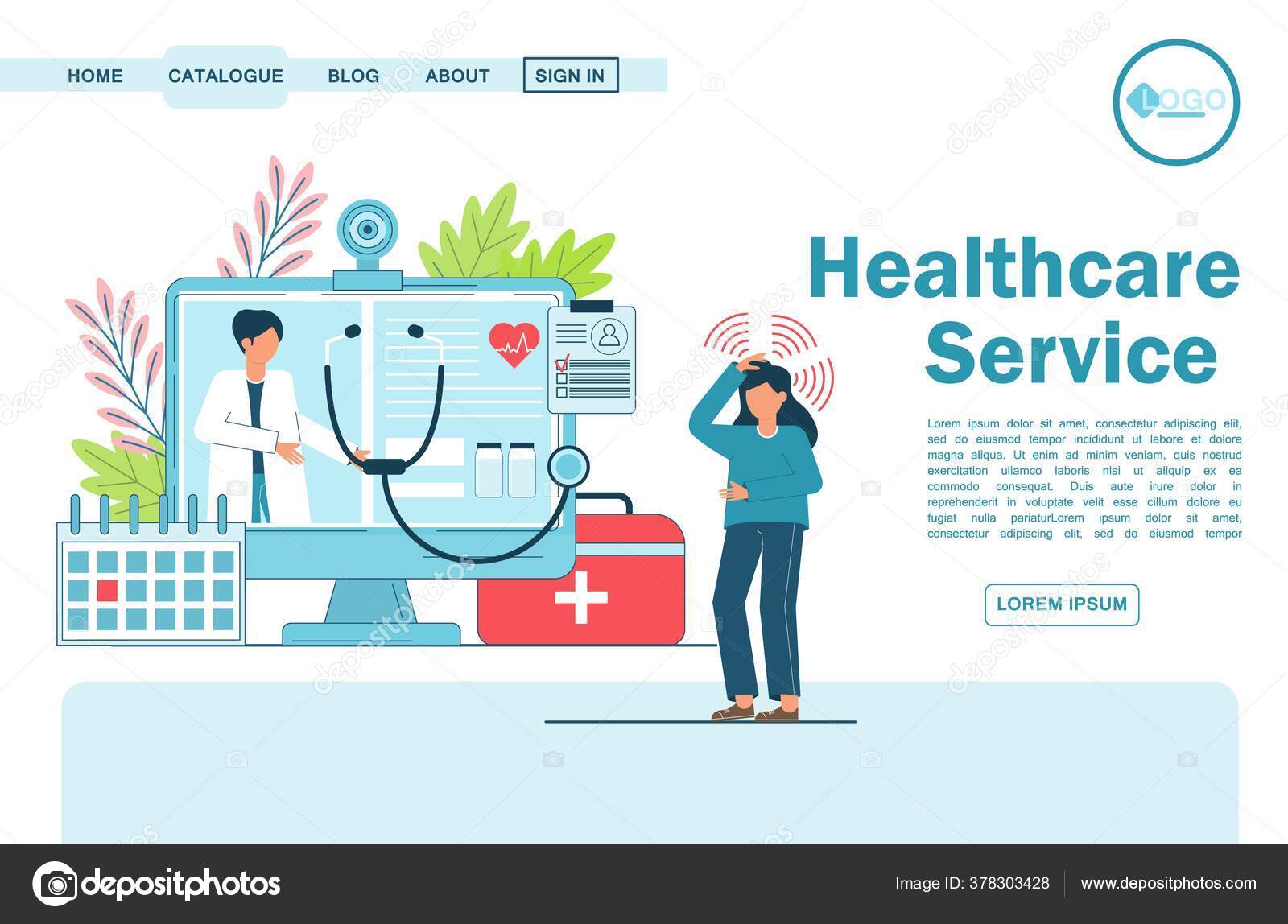Checking out the Growth of Subscription Based Healthcare in the Digital Age
Checking out the Growth of Subscription Based Healthcare in the Digital Age
Blog Article
Recognizing the Cost-Effectiveness of Subscription-Based Healthcare Designs
As the healthcare landscape progresses, subscription-based versions become a compelling choice, promising to redefine exactly how people take care of medical costs. Reviewing these models' cost-effectiveness requires a nuanced contrast with typical insurance, thinking about both economic implications and individual contentment. While they offer transparency and predictability in expenses, inquiries continue to be concerning their ability to meet diverse health care requirements, specifically for specialized therapies. The viewpoints of doctor additionally complicate this formula, offering a complex obstacle. What does the future hold for these versions, and can they absolutely supply on their assurance of accessible, cost effective treatment?
Introduction of Subscription-Based Models
Subscription-based healthcare versions, often referred to as direct key treatment or concierge medicine, are significantly gaining interest as a possible service to inefficiencies within typical medical care systems. These designs operate on the concept of offering individuals direct accessibility to health care companies through a monthly or yearly charge, bypassing the demand for typical insurance coverage mechanisms. This setup aims to streamline patient-provider communications by decreasing management concerns, which often impede timely and tailored care.
At the core of subscription-based versions is the emphasis on a much more personalized person experience. People benefit from improved access to their doctors, often including next-day or same-day appointments, prolonged consultation times, and direct interaction channels such as phone or video phone calls. This version fosters an aggressive approach to health care, where people and service providers can collaboratively focus on preventative care and persistent condition management.

Expense Comparison With Standard Insurance Policy

One of the primary economic benefits of membership models is openness in expenses. Conversely, traditional insurance policy may be more useful for people requiring specialized treatment or costly treatments not covered under a registration model, as they profit from the wider coverage network and cost-sharing devices.
However, cost-effectiveness is context-dependent. While registration models could offer financial savings for those primarily requiring medical care, people with persistent conditions or specialized medical care needs might find typical insurance a lot more comprehensive. As a result, reviewing particular health care needs and potential usage is critical in identifying one of the most cost-efficient option for individuals.
Influence On Patient Complete Satisfaction
Individual contentment within subscription-based medical care models frequently shows a considerable enhancement over standard insurance policy systems. This improvement is largely credited to the individualized treatment and access these versions supply. People regularly report greater contentment as a result of lowered delay times and the simplicity of scheduling visits. Unlike conventional systems, where clients might experience delays in obtaining treatment, subscription-based designs make sure more direct and prompt interactions with doctor.
Additionally, the transparency in prices connected with subscription-based health care relieves the typical frustrations connected to unanticipated costs and complicated payment processes seen in traditional insurance coverage (subscription based healthcare). Clients value understanding the specific monetary dedication upfront, resulting in enhanced trust fund and confidence in their medical care management
In addition, the emphasis on precautionary treatment and wellness in membership versions contributes to boosted health results, better enhancing person complete satisfaction. By concentrating on continuous wellness maintenance as opposed to episodic treatment, people experience a more continuous and holistic health care trip.
Furthermore, the enhanced provider-patient connection cultivated in these versions, characterized by more time spent per individual and personalized attention, plays an important duty in boosting patient complete satisfaction levels, as individuals really feel truly looked after and recognized.
Service Provider Experiences and point of views
From the supplier's point of view, subscription-based medical care versions supply a transformative strategy to supplying clinical solutions. These versions stress a aggressive and preventative medical care approach, permitting carriers to concentrate on thorough person treatment without the restrictions of standard fee-for-service plans (subscription based healthcare). This shift in focus often causes click to investigate boosted individual results and enhanced service provider complete satisfaction, as healthcare specialists can designate more time and resources to patient involvement and customized care strategies
Additionally, subscription models promote predictable revenue streams, which boost monetary stability for doctor. This predictability enables improved source planning and allocation, adding to a more reliable health care delivery system. Carriers can invest in staff training, framework, and innovation improvements, consequently enhancing the high quality of treatment provided.
Nevertheless, the change to subscription-based models is not without challenges. In spite of these obstacles, many providers find that the benefits of enhanced person communication and streamlined procedures surpass the initial difficulties, making subscription-based versions an appealing alternative.
Future Potential Customers and Obstacles

A key difficulty is regulatory conformity, as membership models have to stick to developing medical care policies and insurance needs. This requires continual adjustment and innovation to make certain positioning with lawful requirements. In addition, integrating these models into existing healthcare frameworks can be complex, calling for considerable financial investments in innovation and training.
There is additionally the prospective threat of creating injustices in healthcare gain access to, as subscription designs could favor those that can manage them, leaving susceptible populaces underserved. Addressing this needs thoughtful factor to consider of pricing methods and subsidy systems to make certain inclusivity.
Conclusion
Subscription-based medical care models provide a sensible option to typical insurance by using economic predictability and transparency, especially profiting individuals with persistent problems or frequent health care demands. The cost-effectiveness of these designs rests upon specific health care use patterns and circumstances. While they might boost client contentment and improve budgeting, difficulties stay in dealing with specialized care browse this site demands. Future considerations consist of stabilizing extensive protection with cost and incorporating these models within the more comprehensive health care system for optimal results.
Subscription-based health care versions, sometimes referred to as direct main care or concierge medicine, are progressively gaining interest as a potential remedy to inefficiencies within traditional health care systems. Unlike standard systems, where people might experience delays in obtaining care, subscription-based models make certain more straight and prompt interactions with healthcare companies.
These models stress a preventative and proactive medical care method, allowing providers to concentrate on extensive client treatment without the restrictions of traditional fee-for-service setups. As these designs proceed to acquire grip, they use the potential to reinvent client accessibility to care, improve solution delivery, and maximize health care investing.Subscription-based healthcare designs present a feasible alternative to standard insurance by using economic predictability and transparency, specifically benefiting individuals with persistent problems or regular medical care needs.
Report this page